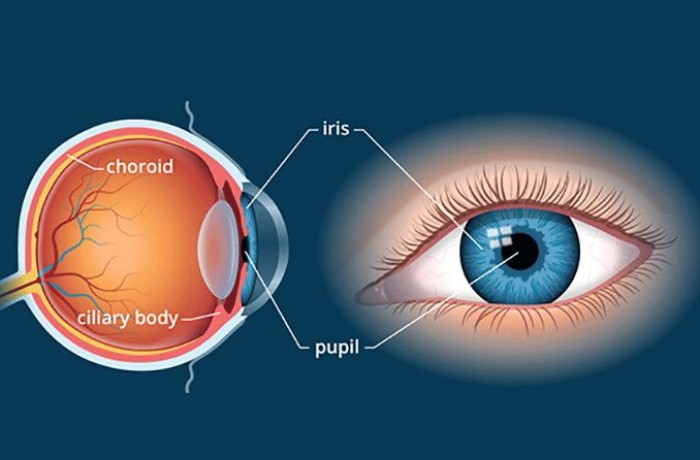
When you visit an eye specialist (ophthalmologist), he or she will likely conduct a complete eye exam and gather a thorough health history. The eye examination usually involves the following:
Your doctor may also recommend:
If the ophthalmologist thinks an underlying condition may be the cause of your uveitis, you may be referred to another doctor for a general medical examination and laboratory tests.
Sometimes, it's difficult to find a specific cause for uveitis. Even if a specific cause is not identified, uveitis can still be treated successfully. In the majority of cases, identifying a cause for the uveitis does not lead to a cure. It is still necessary to use some form of treatment to control the inflammation.
If uveitis is caused by an underlying condition, treatment may focus on that specific condition. Usually the treatment for uveitis is the same regardless of the associated cause, as long as it is not infectious. The goal of treatment is to reduce the inflammation in your eye, as well as in other parts of the body, if present. In some cases, treatment may be necessary for months to years. Several treatment options are available.
Some of these medications can have serious eye-related side effects, such as glaucoma and cataracts. Medications by mouth or injection can have side effects in other parts of the body outside the eyes. You may need to visit your doctor for follow-up examinations and blood tests every one to three months.
A medication-releasing implant. For people with difficult-to-treat posterior uveitis, a device that's implanted in the eye may be an option. This device slowly releases corticosteroid into the eye for two to three years.
Cataracts usually develop in people who have not yet had cataract surgery. Up to 30% of patients will also require treatment for elevated eye pressure to prevent the development of glaucoma.
The speed of your recovery depends in part on the type of uveitis you have and the severity of your symptoms. Uveitis that affects the back of your eye (posterior uveitis or panuveitis, including retinitis or choroiditis) tends to heal more slowly than uveitis in the front of the eye (anterior uveitis or iritis). Severe inflammation takes longer to clear up than mild inflammation does.
Uveitis can come back. Make an appointment with your doctor if any of your symptoms reappear or worsen.